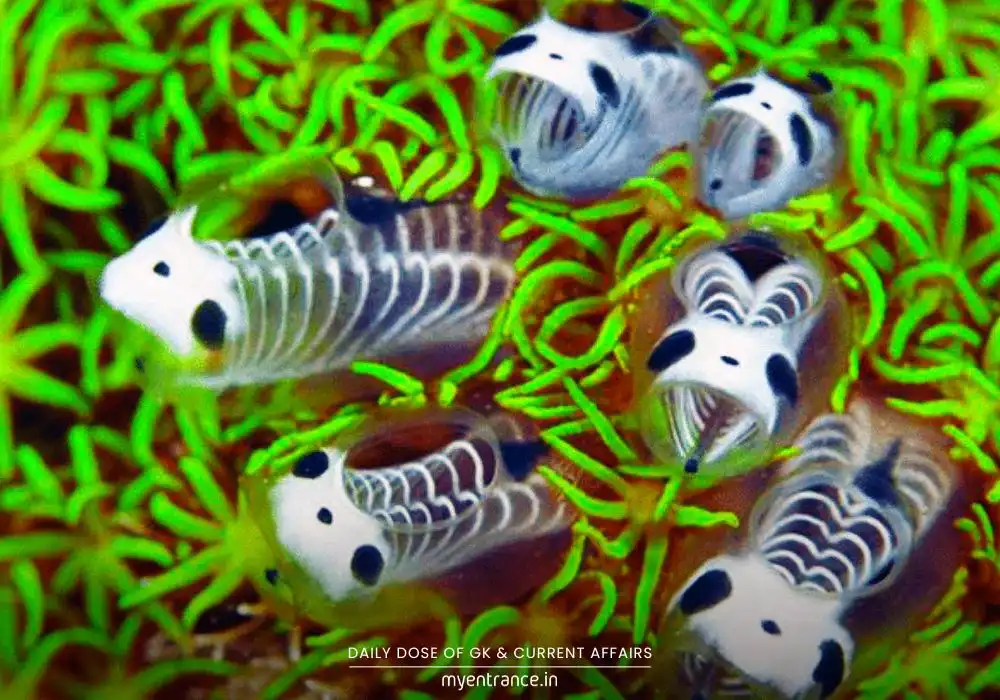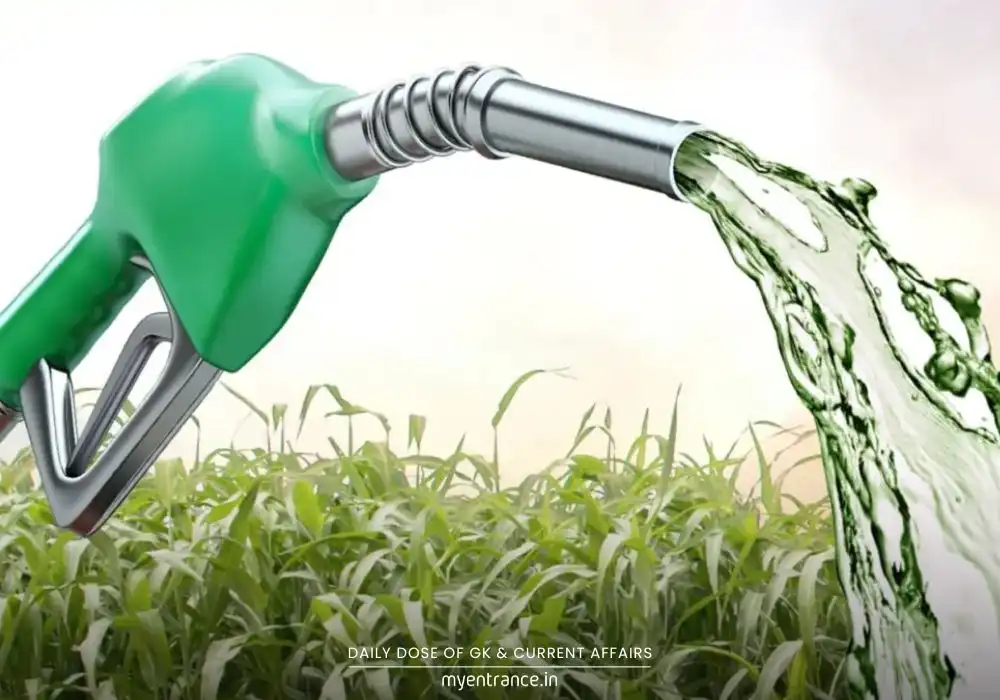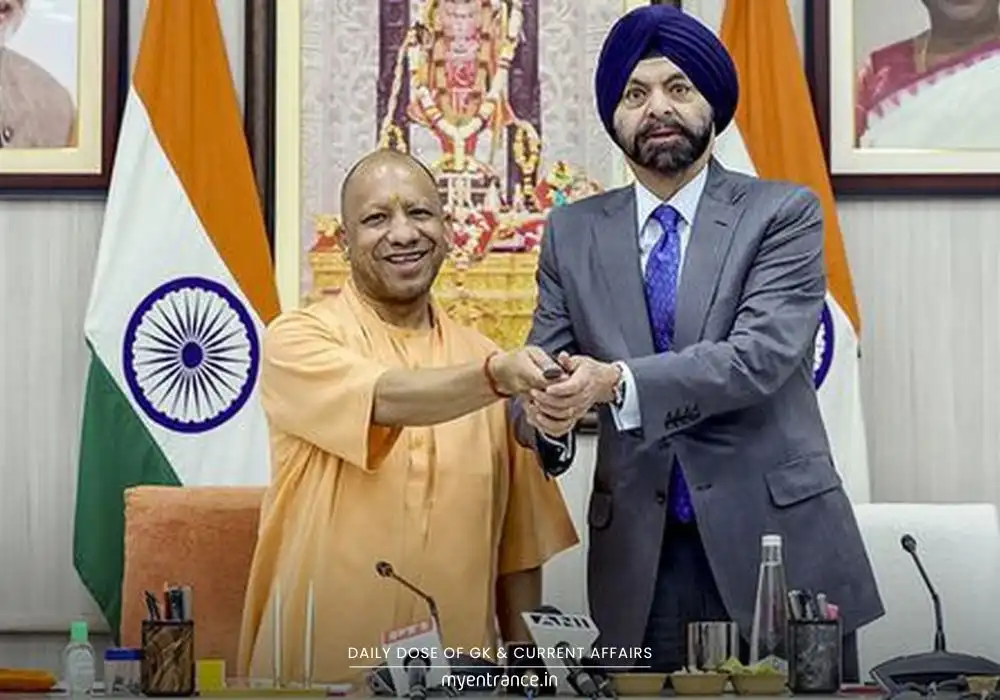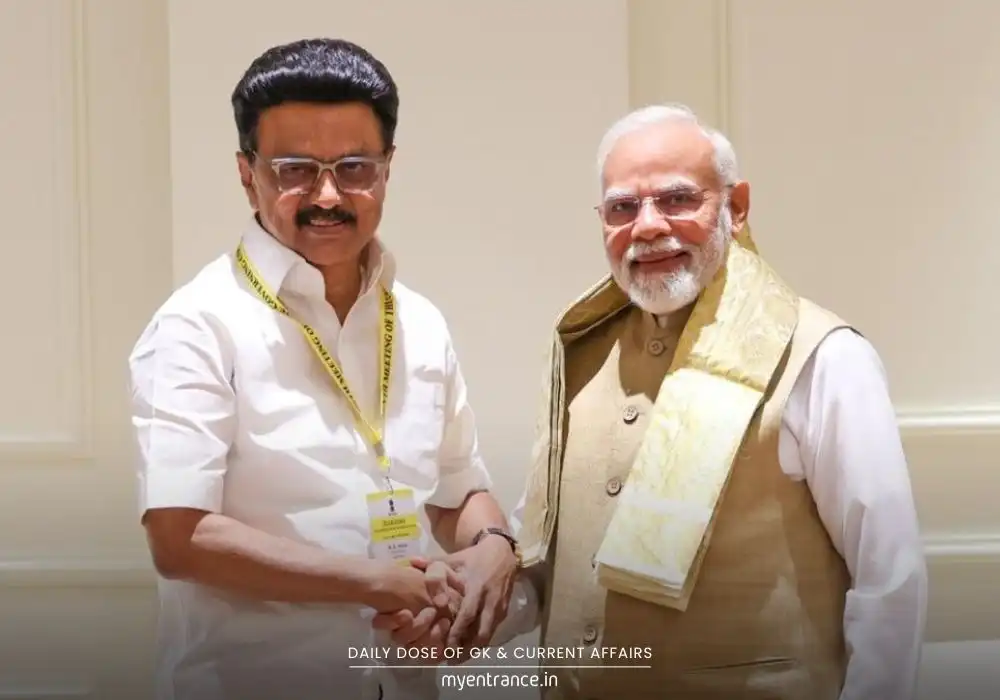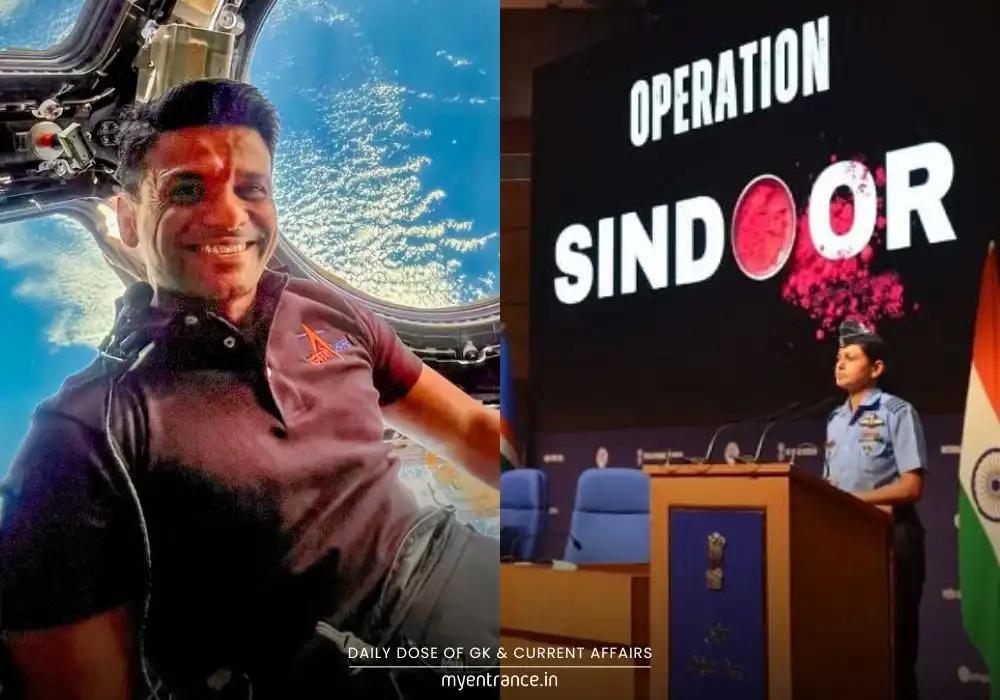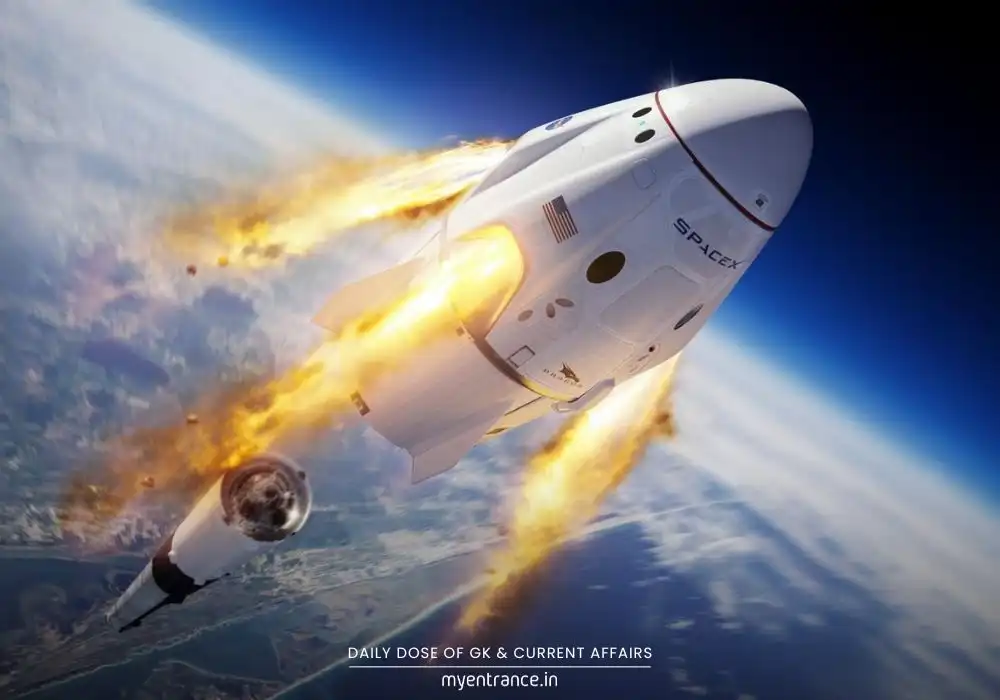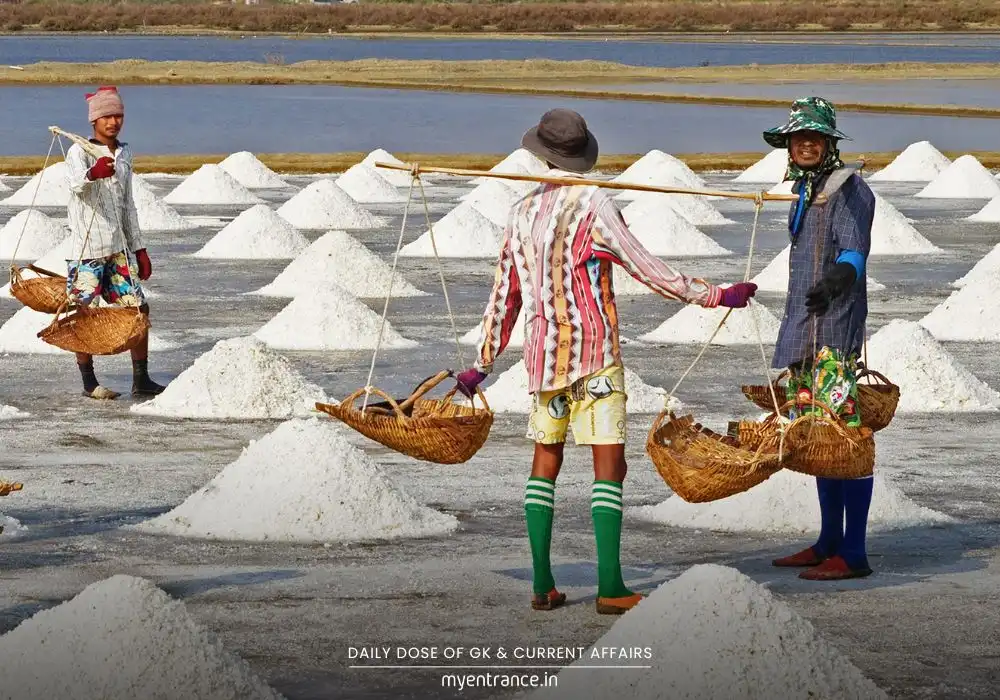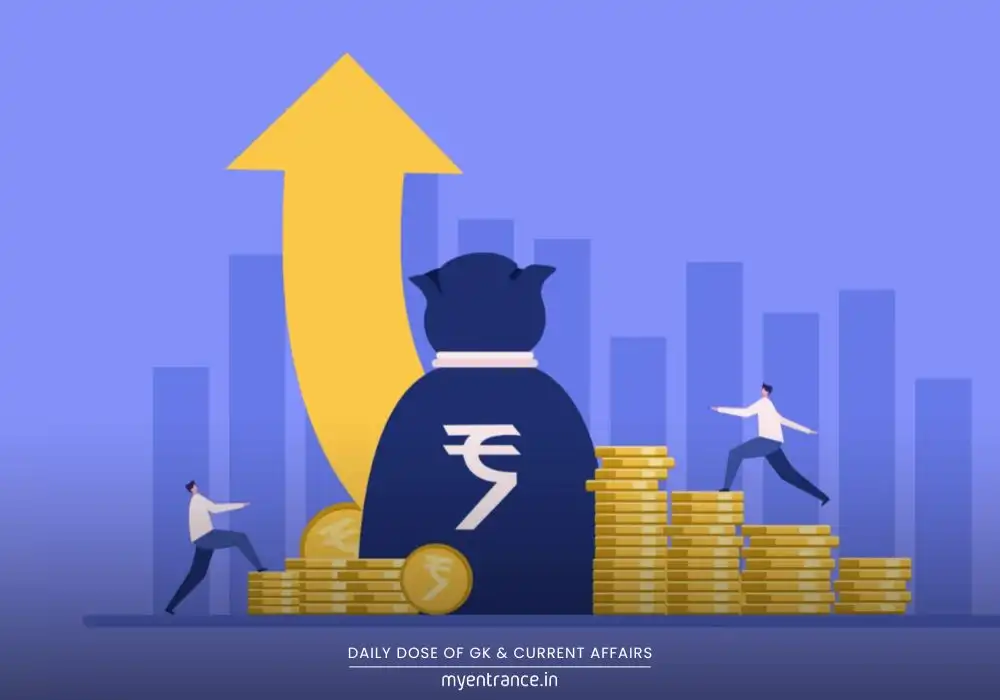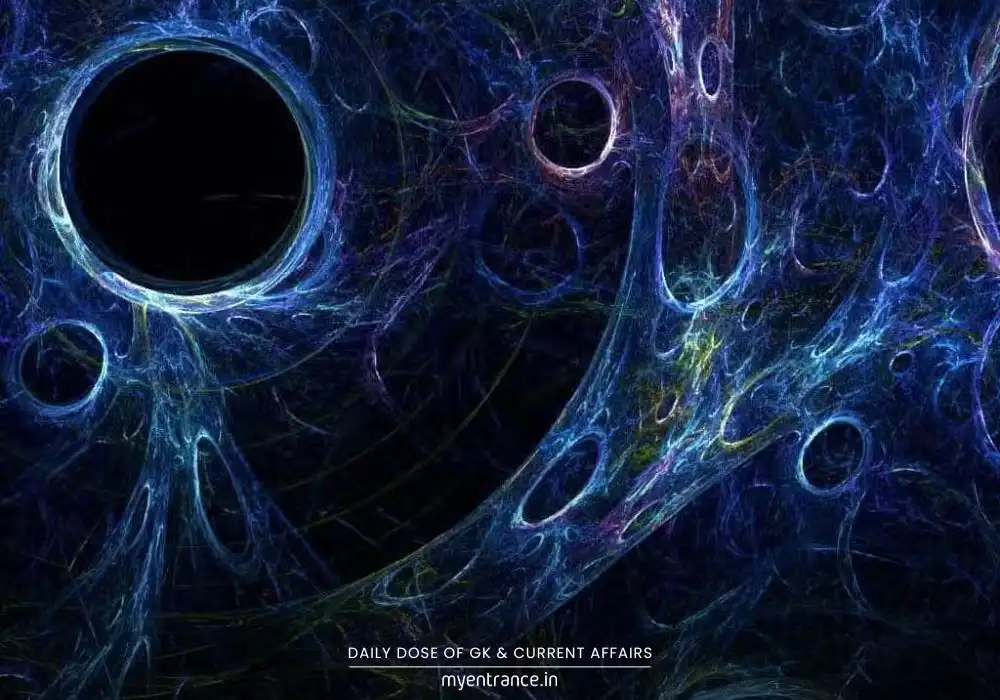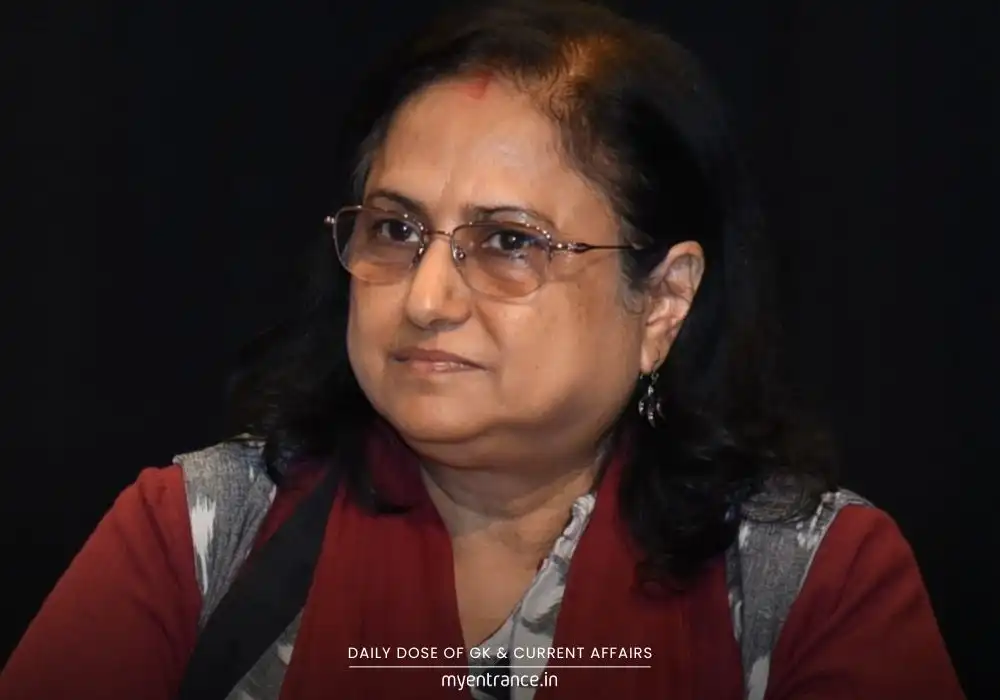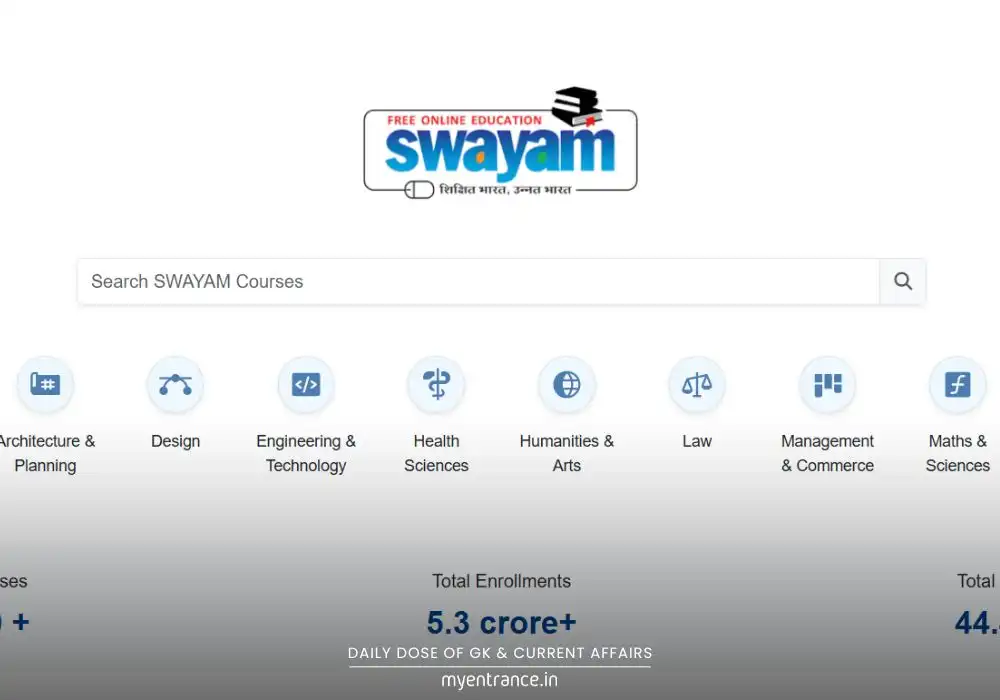Translate Language
Daily Current Affairs Quiz and Key Pointers: 26-07-2025
Today’s current affairs cover crucial developments impacting competitive exams like UPSC, SSC, NIFT, NID, PSC, and more. We explore India’s health concerns due to excessive salt consumption, NASA’s mission to safeguard Earth from space weather, new employment schemes, and revolutionary scientific breakthroughs. Test your understanding with quick Q&A at the end!
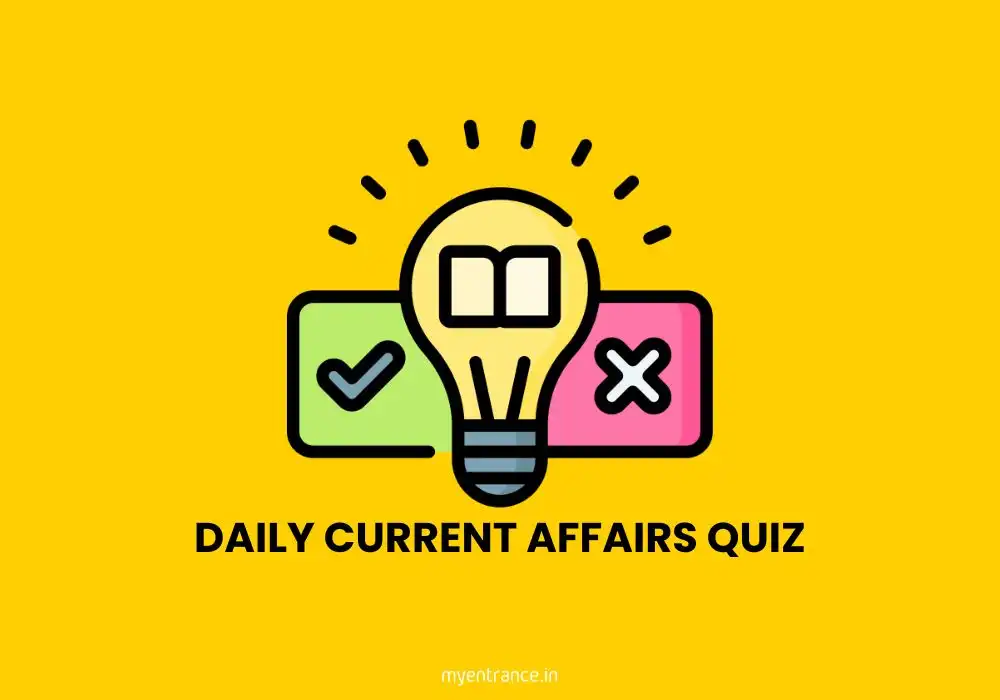
1. Project Namak: How Excess Salt is Affecting India’s Health
India’s Project Namak highlights the alarming rise in salt consumption, leading to hypertension and heart diseases. The government is promoting awareness to reduce salt intake through better food labeling and public health campaigns.
Key Points:
Excessive salt consumption is linked to high blood pressure and cardiovascular diseases.
The FSSAI recommends consuming less than 5g of salt per day.
Processed and packaged foods contribute significantly to high sodium intake.
Q&A:
Q1. What is the main objective of Project Namak?
A1. It aims to reduce excessive salt consumption in India to prevent hypertension and heart diseases.
Q2. How much salt does FSSAI recommend per day?
A2. Less than 5 grams per day.
Q3. Which foods contribute most to high salt intake?
A3. Processed snacks, pickles, and packaged foods.
Read More: Project Namak: India’s Health at Risk?
2. NASA’s TRACERS Mission: Protecting Earth from Space Weather
NASA’s TRACERS (Tandem Reconnection and Cusp Electrodynamics Reconnaissance Satellites) mission studies solar winds and magnetic fields to predict space weather, protecting satellites and power grids.
Key Points:
TRACERS will observe magnetic reconnection near Earth’s poles.
Solar storms can disrupt GPS, communications, and power infrastructure.
The mission involves two satellites working in tandem for better data collection.
Q&A:
Q1. What does NASA’s TRACERS mission study?
A1. Solar winds and magnetic reconnection to predict space weather.
Q2. How can solar storms affect Earth?
A2. They can disrupt satellites, power grids, and communication systems.
Q3. How many satellites are part of TRACERS?
A3. Two satellites working together.
Read More: NASA’s TRACERS Mission Explained
3. PM Viksit Bharat Rozgar Yojana 2025: Boosting Jobs and Careers
The Viksit Bharat Rozgar Yojana 2025 aims to create employment by incentivizing businesses to hire more workers, especially in MSMEs and startups.
Key Points:
Employers will receive subsidies for new hires.
Focus on formalizing jobs and increasing workforce participation.
Special provisions for women and youth employment.
Q&A:
Q1. What is the goal of Viksit Bharat Rozgar Yojana?
A1. To boost employment by incentivizing businesses to hire more workers.
Q2. Which sectors are prioritized under this scheme?
A2. MSMEs and startups.
Q3. Does the scheme have provisions for women?
A3. Yes, it encourages women’s participation in the workforce.
Read More: Viksit Bharat Rozgar Yojana 2025 Details
4. Madhya Pradesh’s Unemployment Stipend: Benefits for Youth
Madhya Pradesh has introduced a monthly stipend for unemployed youth while they upskill or search for jobs.
Key Points:
₹3,000-₹4,000 monthly assistance for registered unemployed youth.
Mandatory enrollment in skill development programs.
Aims to reduce financial stress during job searches.
Q&A:
Q1. What is MP’s new unemployment stipend amount?
A1. Between ₹3,000 and ₹4,000 per month.
Q2. Is skill training mandatory under this scheme?
A2. Yes, beneficiaries must enroll in skill programs.
Q3. Who is eligible for this stipend?
A3. Registered unemployed youth in Madhya Pradesh.
Read More: MP’s Unemployment Stipend – Full Details
5. India-Maldives Friendship Stamps: Celebrating 60 Years of Ties
India and Maldives released special postal stamps to commemorate 60 years of diplomatic relations.
Key Points:
The stamps feature cultural and historical symbols of both nations.
Strengthens bilateral ties and people-to-people connections.
Part of ongoing diplomatic engagements between the two countries.
Q&A:
Q1. Why were special stamps released by India and Maldives?
A1. To celebrate 60 years of diplomatic relations.
Q2. What do the stamps depict?
A2. Cultural and historical symbols of both nations.
Q3. What is the significance of this initiative?
A3. It strengthens bilateral ties and cultural exchange.
Read More: India-Maldives 60-Year Stamps – Significance
6. Sahkar Se Samriddhi: How India’s 2025 Cooperative Policy Aims to Transform Rural Economy
The 2025 Cooperative Policy titled “Sahkar Se Samriddhi” focuses on strengthening India’s cooperative sector to boost rural development and farmer incomes.
Key Points:
Aims to modernize agricultural cooperatives with digital infrastructure
Provides better access to credit and markets for small farmers
Promotes women-led cooperative societies
Targets doubling farmers’ income through collective farming initiatives
Q&A:
Q1. What is the main objective of Sahkar Se Samriddhi policy?
A1. To strengthen India’s cooperative sector for rural development and increased farmer incomes.
Q2. How will the policy help small farmers?
A2. By providing better credit access, market linkages, and digital infrastructure.
Q3. What special provision does the policy have for women?
A3. It encourages formation of women-led cooperative societies.
Read More: India’s 2025 Cooperative Policy – Key Goals
7. India’s First Hydrogen Train: A Green Revolution in Railways
India’s maiden hydrogen fuel cell train marks a significant step toward sustainable transportation, reducing carbon emissions in the railway sector.
Key Points:
Zero-emission train powered by hydrogen fuel cells
Initial rollout planned on heritage routes like Kalka-Shimla
Can run 1,000 km on a single hydrogen tank
Part of India’s net-zero emissions target by 2070
Q&A:
Q1. What makes hydrogen trains environmentally friendly?
A1. They produce zero emissions as they run on hydrogen fuel cells.
Q2. Which route will first get India’s hydrogen train?
A2. Kalka-Shimla heritage route is planned for initial rollout.
Q3. How does this align with India’s climate goals?
A3. It supports India’s commitment to achieve net-zero emissions by 2070.
Read More: India’s Hydrogen Train – Features & Impact
8. EPFO Pension on Higher Wages: Latest Updates for Employees
The EPFO has introduced new provisions allowing pension benefits on higher wages, benefiting millions of organized sector workers.
Key Points:
Employees can now opt for pension on actual wages instead of capped amount
Requires additional contribution of 1.16% of higher wages
Expected to significantly increase monthly pension amounts
Deadline for opting extended to [current date]
Q&A:
Q1. What change has EPFO made regarding pensions?
A1. Allowed pension calculation on actual wages instead of capped amount.
Q2. What additional contribution is required?
A2. 1.16% of the higher wages needs to be contributed.
Q3. How will this benefit employees?
A3. It will lead to substantially higher monthly pension amounts.
Read More: EPFO Higher Pension – Eligibility & Process
9. India-UK Trade Agreement: Opportunities for Indian MSMEs
The new India-UK trade pact opens significant opportunities for Indian micro, small and medium enterprises across multiple sectors.
Key Points:
Duty-free access for Indian textiles, pharmaceuticals, and engineering goods
Easier visa norms for Indian professionals in UK
Expected to boost bilateral trade to $100 billion by 2030
Special provisions for technology transfer to Indian MSMEs
Q&A:
Q1. Which Indian sectors benefit most from the UK trade deal?
A1. Textiles, pharmaceuticals, and engineering goods.
Q2. What is the trade target set under this agreement?
A2. $100 billion bilateral trade by 2030.
Q3. How will MSMEs gain from this agreement?
A3. Through technology transfer and easier market access.
Read More: India-UK Trade Deal – MSME Guide
10. Japan’s Artificial Blood Breakthrough: A Medical Revolution
Japanese scientists have developed artificial blood that doesn’t require refrigeration or blood-type matching, potentially saving millions of lives.
Key Points:
Can be stored for over a year at normal temperatures
Eliminates risk of blood type mismatches
Contains oxygen-carrying hemoglobin and clotting platelets
Could be crucial in disaster situations and remote areas
Q&A:
Q1. What are the key advantages of Japan’s artificial blood?
A1. No refrigeration needed and no blood-type compatibility issues.
Q2. How long can it be stored?
A2. Over one year at normal temperatures.
Q3. Where could this innovation be most useful?
A3. In emergency situations and remote locations with limited medical facilities.
Read More: Japan’s Artificial Blood – Future of Transfusions?
Get 3 Months Free Access for SSC, PSC, NIFT & NID
Boost your exam prep!
Use offer code WELCOME28 to get 3 months free subscription. Start preparing today!
